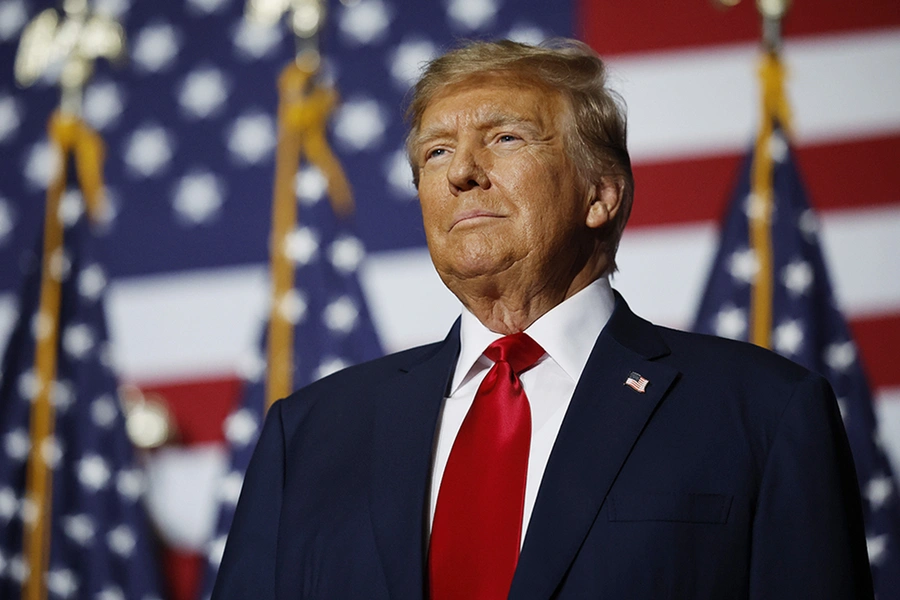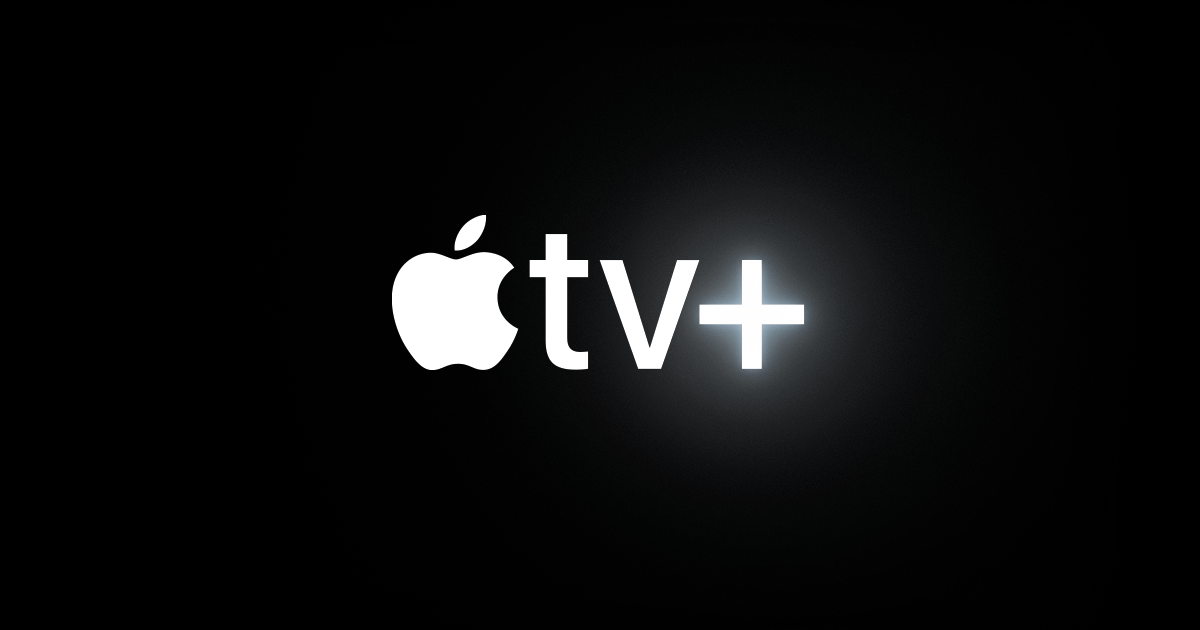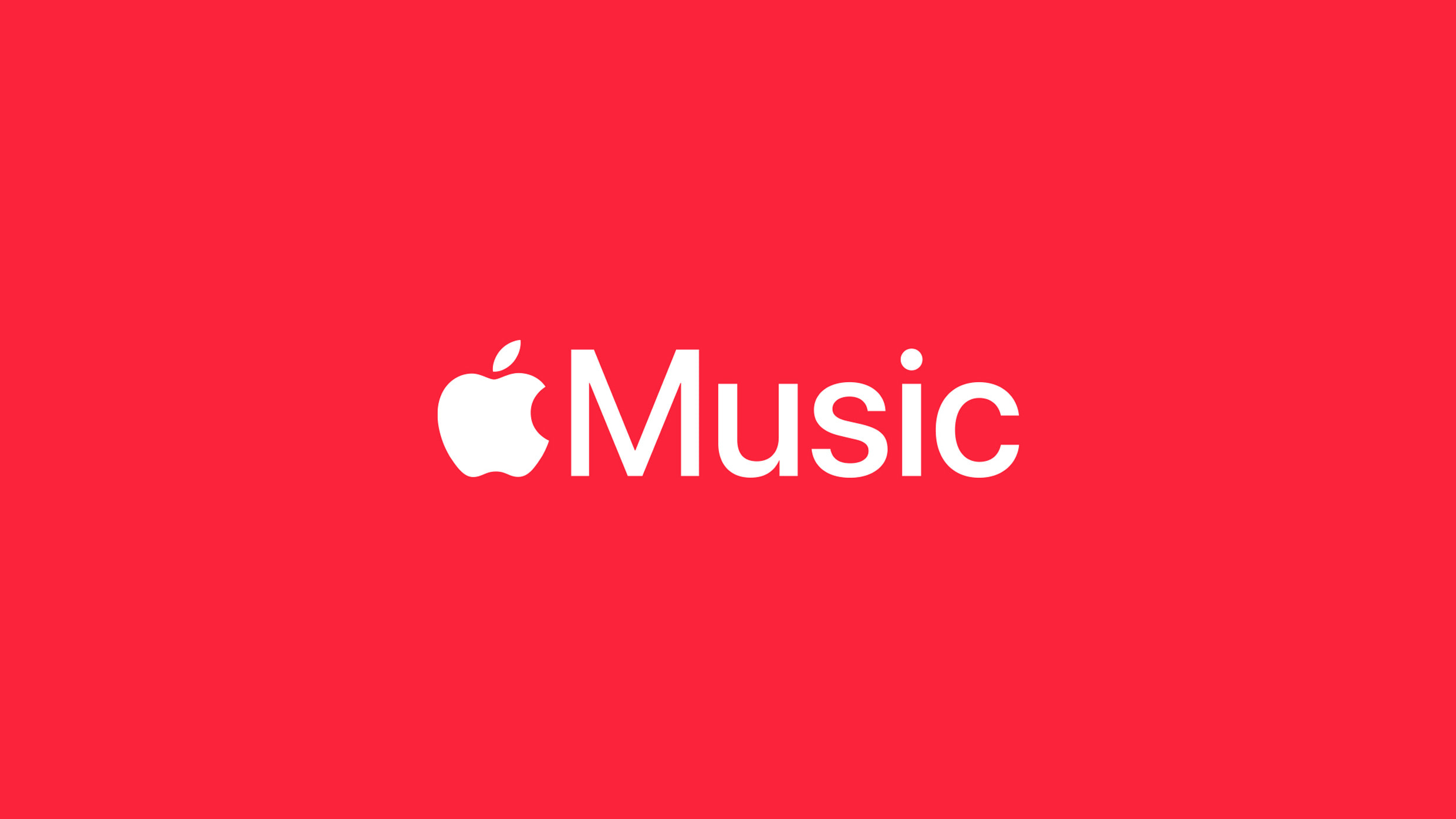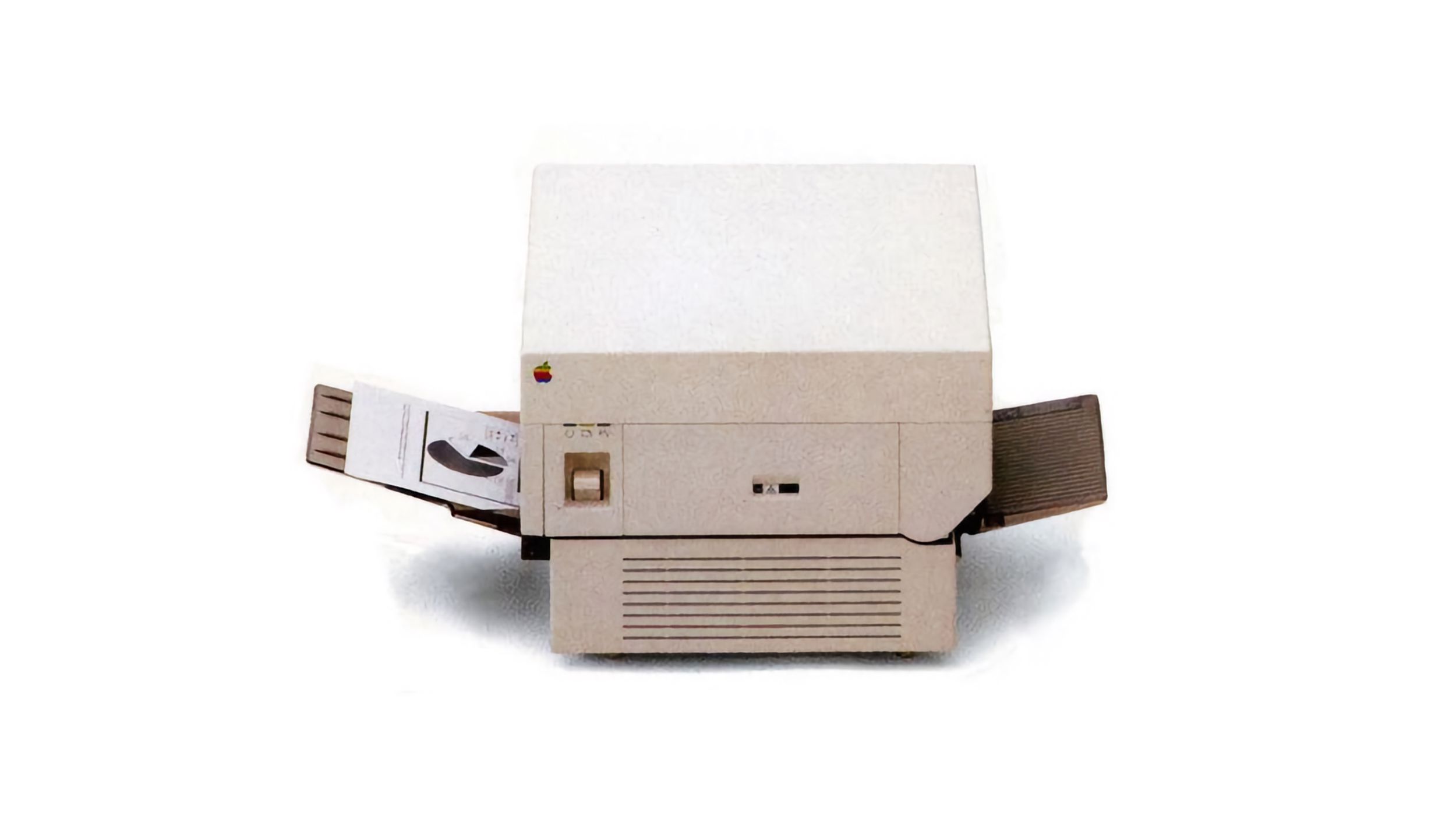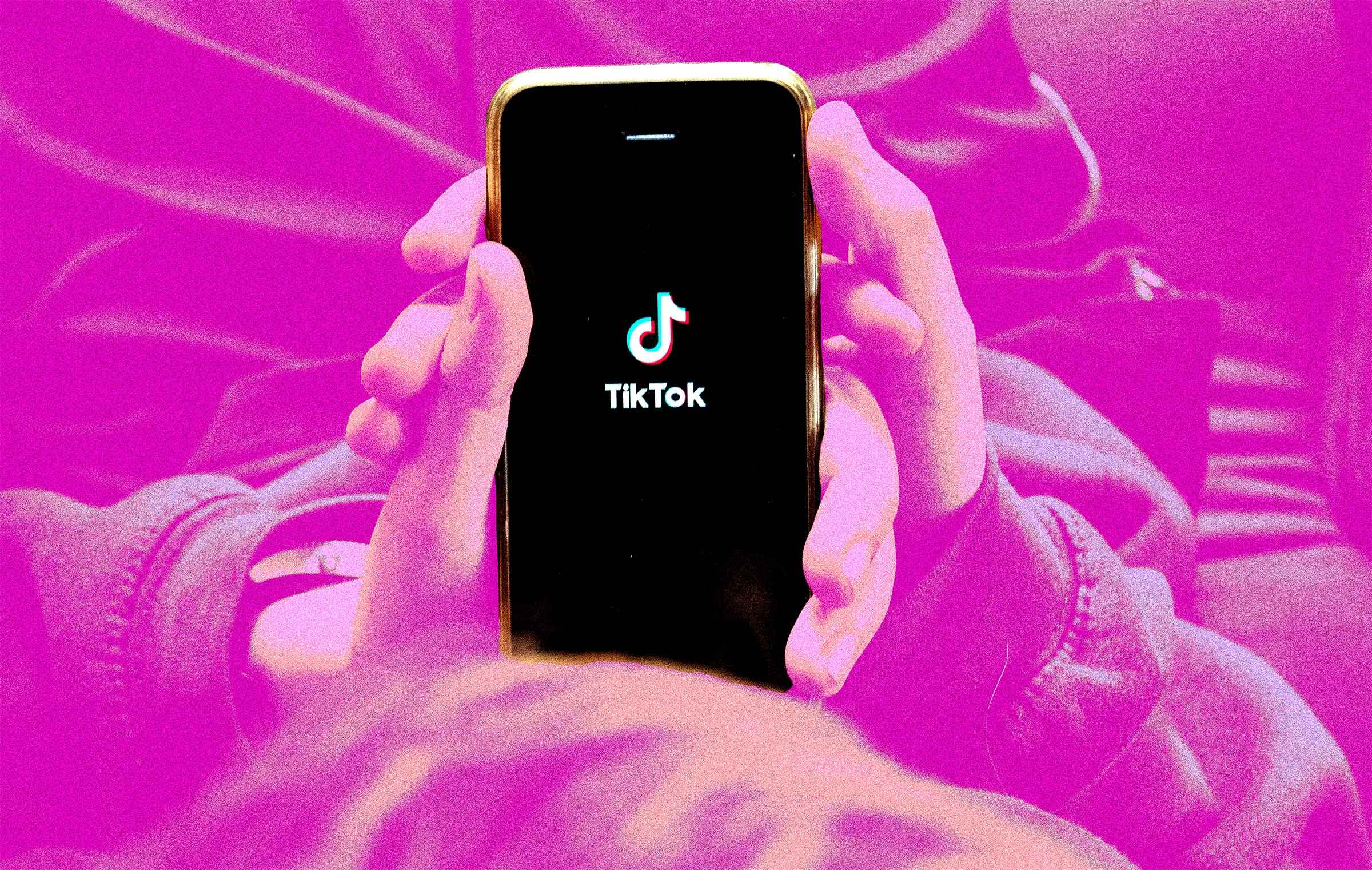Apple has recently updated its website, removing the previously mentioned “2024” launch date for the next version of CarPlay. Just over three weeks into 2025, this change hints at a delay without specifying a new launch window.
The next version of CarPlay was initially teased to come with cars in 2024, but as that didn’t happen, Apple has quietly adjusted its information. The website still talks about the upcoming CarPlay, suggesting it hasn’t been scrapped, but there’s no new timeline for when we might see it.
It’s not clear who’s behind the delay – Apple, the car companies, or both. We’ve asked Apple for more details.
Back in 2022, at WWDC, Apple gave us a first look at this advanced CarPlay. It would work closely with the car’s own systems, showing up on multiple screens like the dashboard and control panel. Features include an FM radio app, personalized widgets, and controls for the car’s climate directly from CarPlay, all tailored to match the brand and model of the vehicle.
Even though the launch has been pushed back, there are signs it might still happen. New code in the latest iOS beta mentions CarPlay, and Apple has recently added new images to an EU database.
Aston Martin and Porsche had shown off what their instrument clusters might look like with this new CarPlay, but they haven’t put it into use yet. Apple had promised support from a list of car makers including Acura, Audi, Ford, Honda, among others, though it’s uncertain if all are still on board.
Apple’s recent statement reaffirms their commitment to the project:
“The next CarPlay version is designed to blend Apple’s technology with each car maker’s unique style. We’re working with various car companies to make sure this happens, and they’ll share more when their new models are ready.”
No new date was given for when we might see this updated CarPlay in action, keeping everyone guessing about its arrival.


